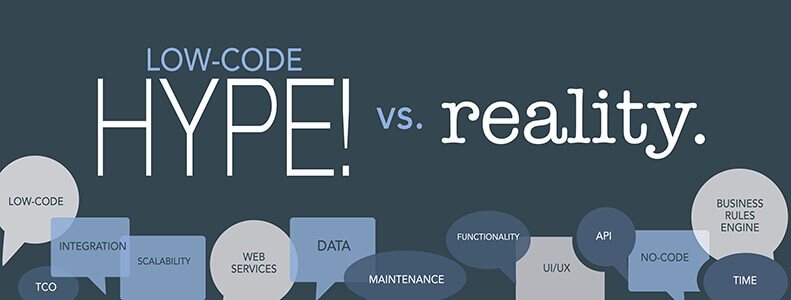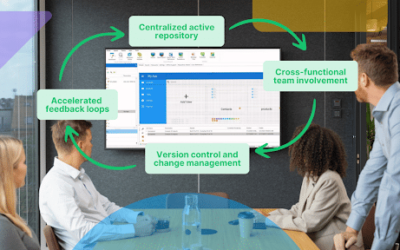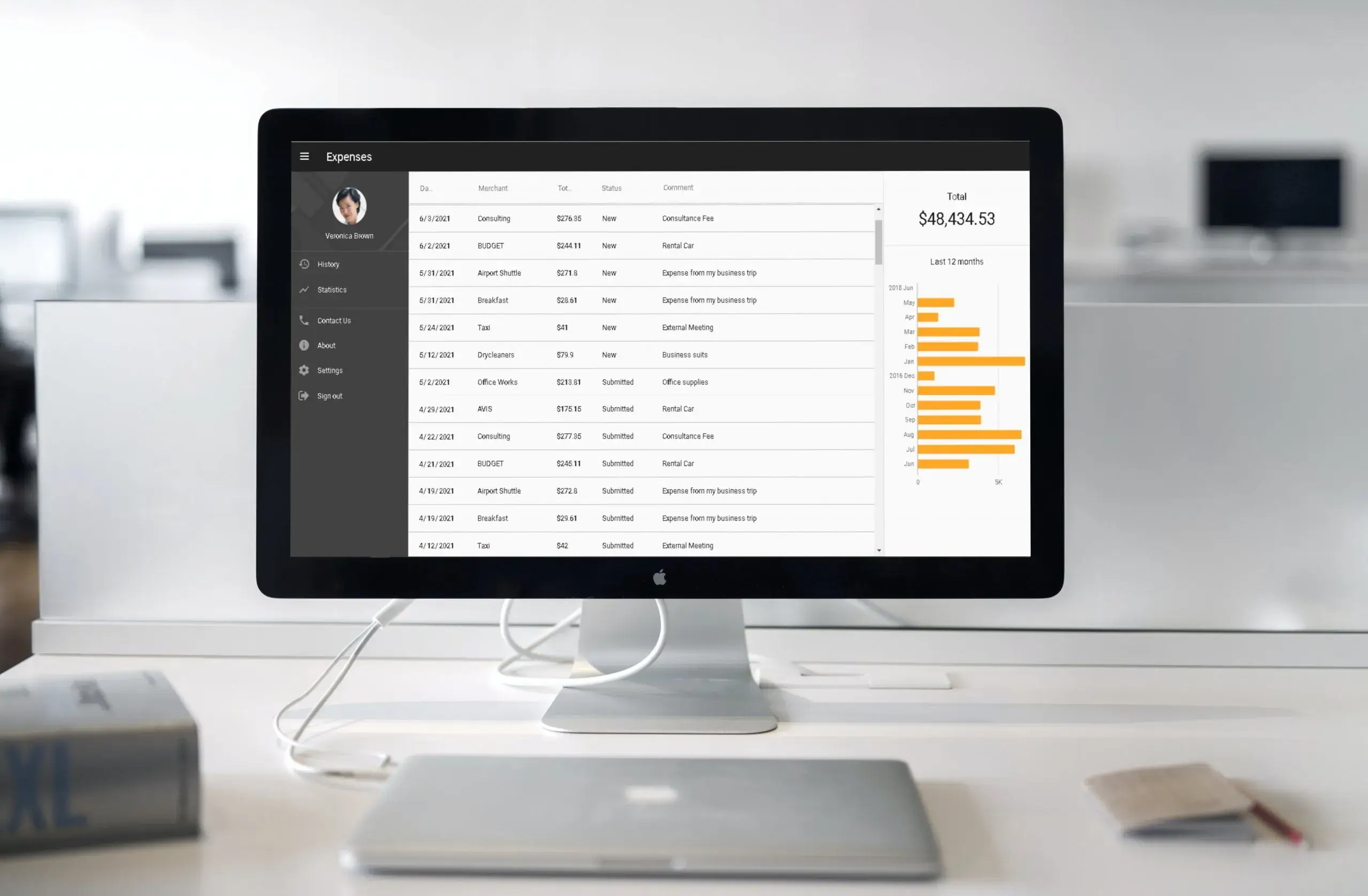Low-Code development is a hot technology area right now. Forecasts and predictions are that it will grow rapidly over the next few years. New companies are entering the market space and significant investment funding is being pumped into the sector in order to see substantial returns in the next few years.
As with any hot technology area, there’s always hype and that’s totally understandable. So, what’s the reality? Are the returns really going to be as great as predicted? Is the technology going to deliver on the promise and are vendors in this space going to succeed or fail?
Of course, there are many elements that will determine whether a vendor succeeds or fails. It’s people, products, customers, marketing and its ability to execute, to name but a few. In this blog post series, I’m going to concentrate on the most important technology elements.
In part one I’ll cover:
- No coding required
- Fast time-to-market for new applications
- Seamless integration with other systems
Look out for part two which concludes by looking at:
- Ease of app maintenance
- No technology lock-in
- Great User Interfaces/User Experiences (UI/UX) without the need for a designer
- Creating enterprise-scale applications easily
No Coding Required
Hype: Low-code (or no-code) promises to deliver applications with a fraction of the effort and in a fraction of the time of traditional software development methods. The hype promises the ability to do this without any coding and that by simply dragging and dropping graphical elements on a screen you can create all the necessary functionality for an application.
Reality: Applications with simple functionality requirements can be completed using a graphically driven, model-based development environment. However, they can be limited in the complexity of the functionality they can build. When those limitations are reached, developers will need to drop out of the low-code development environment and build the complex functionality externally.
When evaluating low-code solutions. Look to see how they handle complex requirements as there will always be occasions where coding is necessary. Do they require you to drop out of the platform to build complex functionality in external solutions that they can snap together, or can they handle complex programming and logic tasks within the platform and without the need to code externally?
Fast Time-to-Market for New Applications
Hype: Low-code (or no-code) solutions promise to create applications in days rather than weeks or months. Software development has always been a long and complex task so reducing the need to write code should make the process far simpler and therefore quicker. Bringing new apps to market more quickly drives business agility and reduces the IT backlog. So how good are low-code solutions at living up to the promise?
Reality: Many low-code solutions lead on their ability to develop applications faster and reduce the time-to-market and the IT application backlog. However, the expectations of time saved need to be tempered by how well the solution performs in the areas of prototyping, integration, maintenance and most critically, the time lost every time you need to drop out of the low-code environment and into a different development tool to create something the low-code platform cannot do itself. The limitations of the low-code platform can lead to substantial development time being added.
Seamless Integration with Other Systems
Hype: Low-code solutions promise easy integration with existing systems. For simple applications that operate in their own ‘silo’, integration may not be a consideration. However, in an enterprise context, no solution would be worthwhile if it couldn’t connect and interoperate with existing systems. Integration can mean different things in different situations. For some, it may be as simple as calling an API to get information into an application. For others, it may be extracting and transforming data from legacy systems where no modern interfaces exist. How good are low-code solutions at real-world integration?
Reality: For many low-code solutions, integration is done via web services only. Many existing systems may not have web services interfaces, so integration becomes more difficult and potentially expensive as additional development effort outside the low-code platform may be required.
Web service integration alone may not be enough. Consider the breadth of integration options available with a low-code solution as only some can cater for more than this.
In my next blog post
I’ll explore low-code hype vs. reality around:
- App maintenance
- Technology lock-in
- User Interfaces/User Experiences (UI/UX) without the need for a designer
- Creating enterprise-scale applications easily
[sc name=”low-code-hype-vs-reality-white-paper”]


























